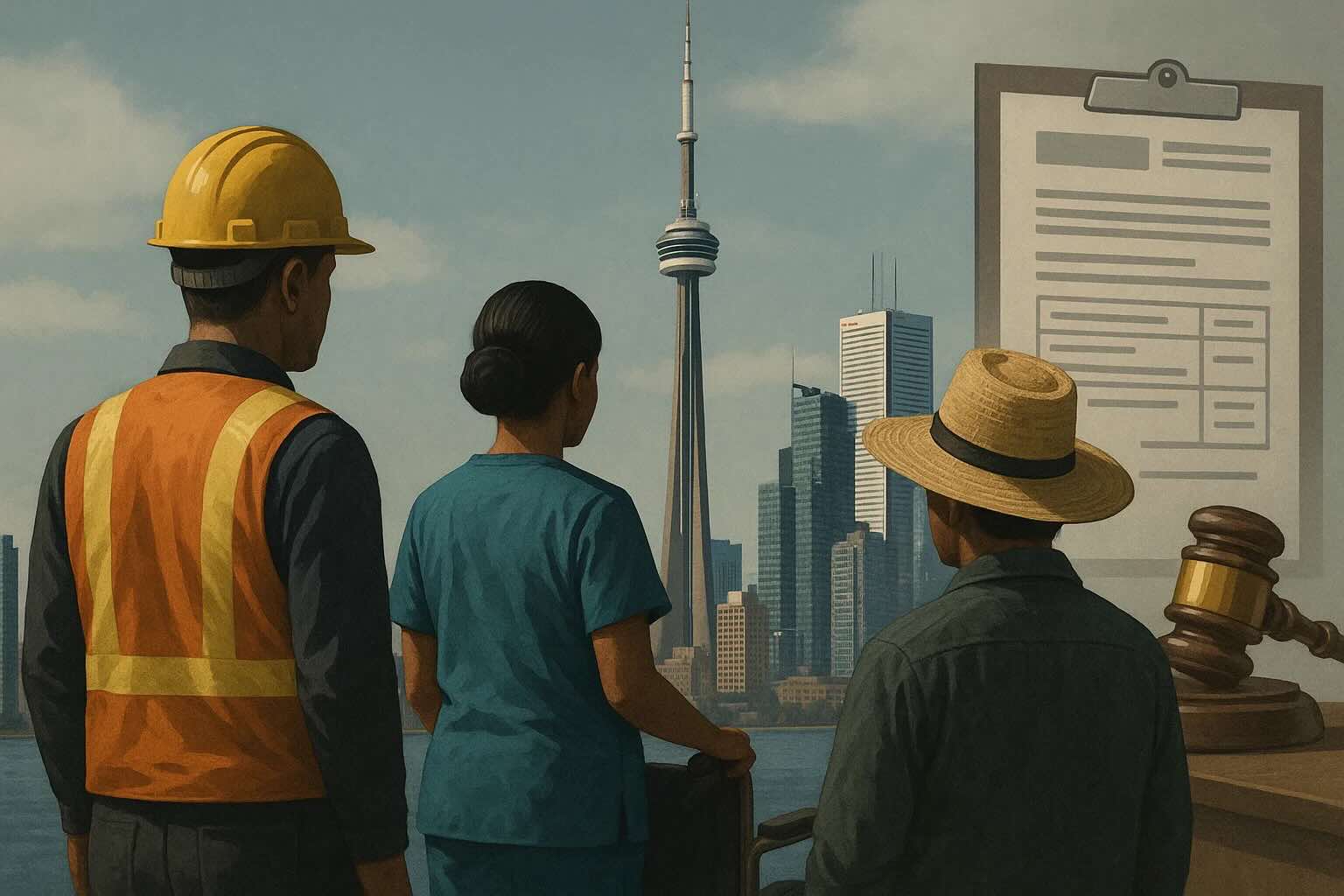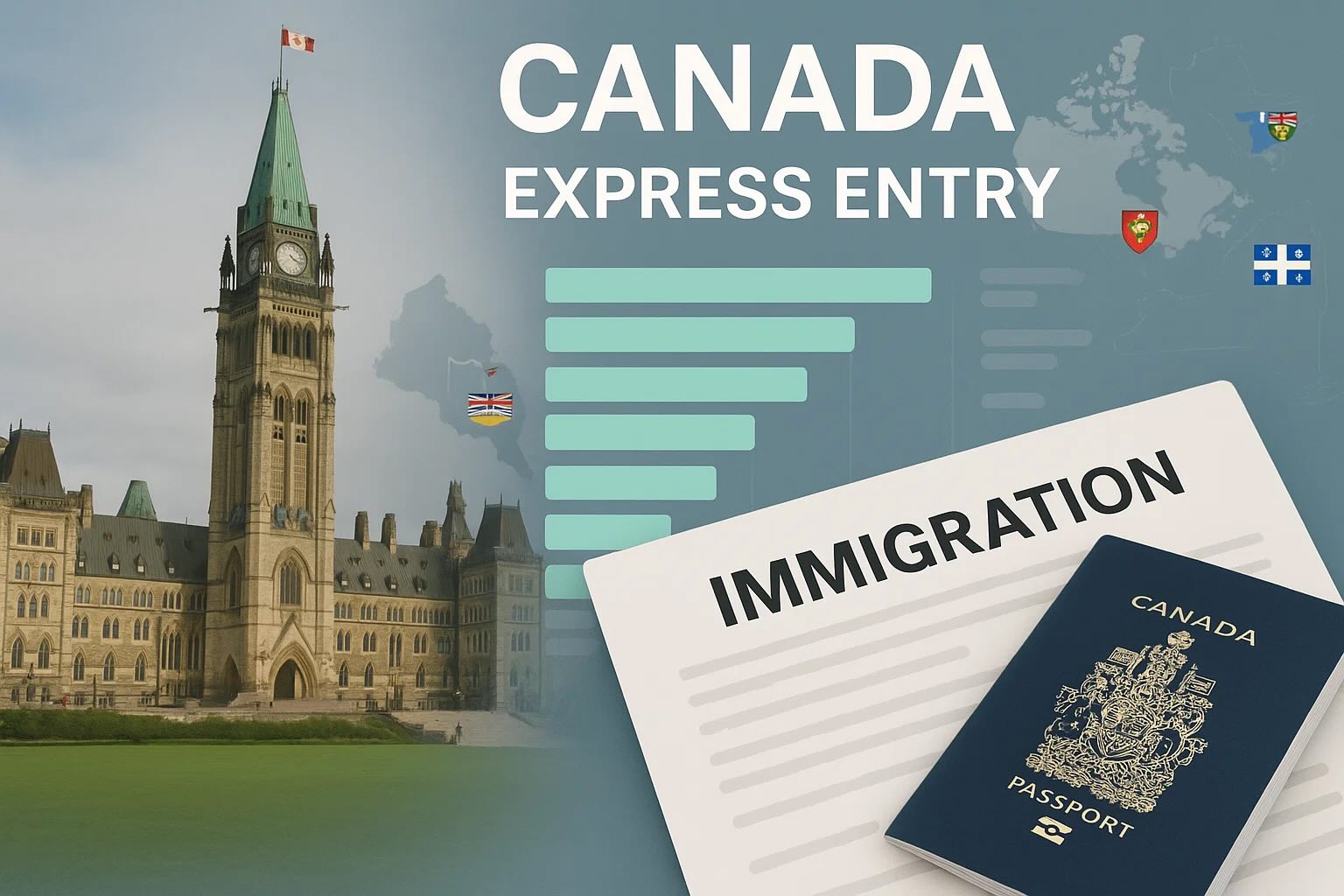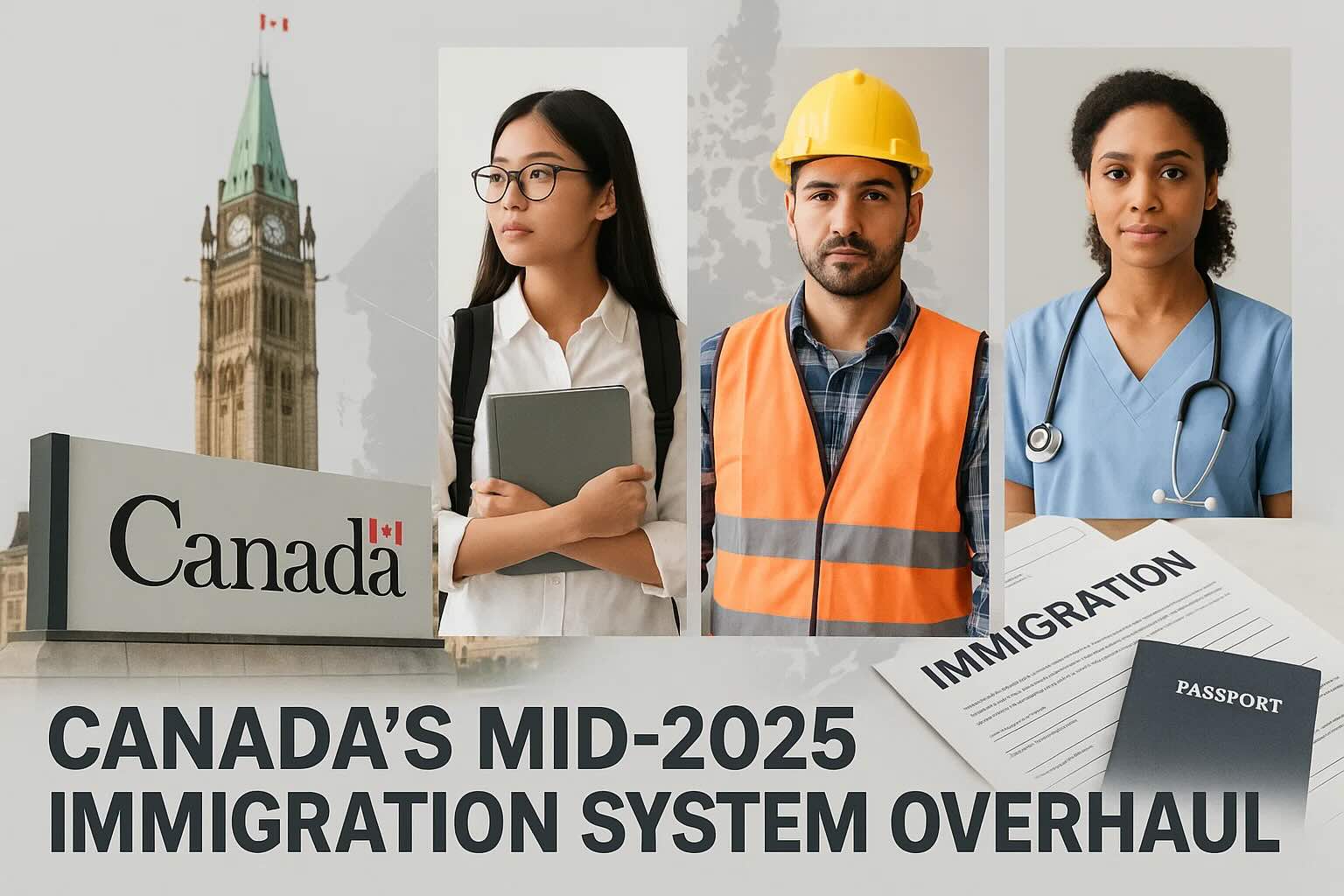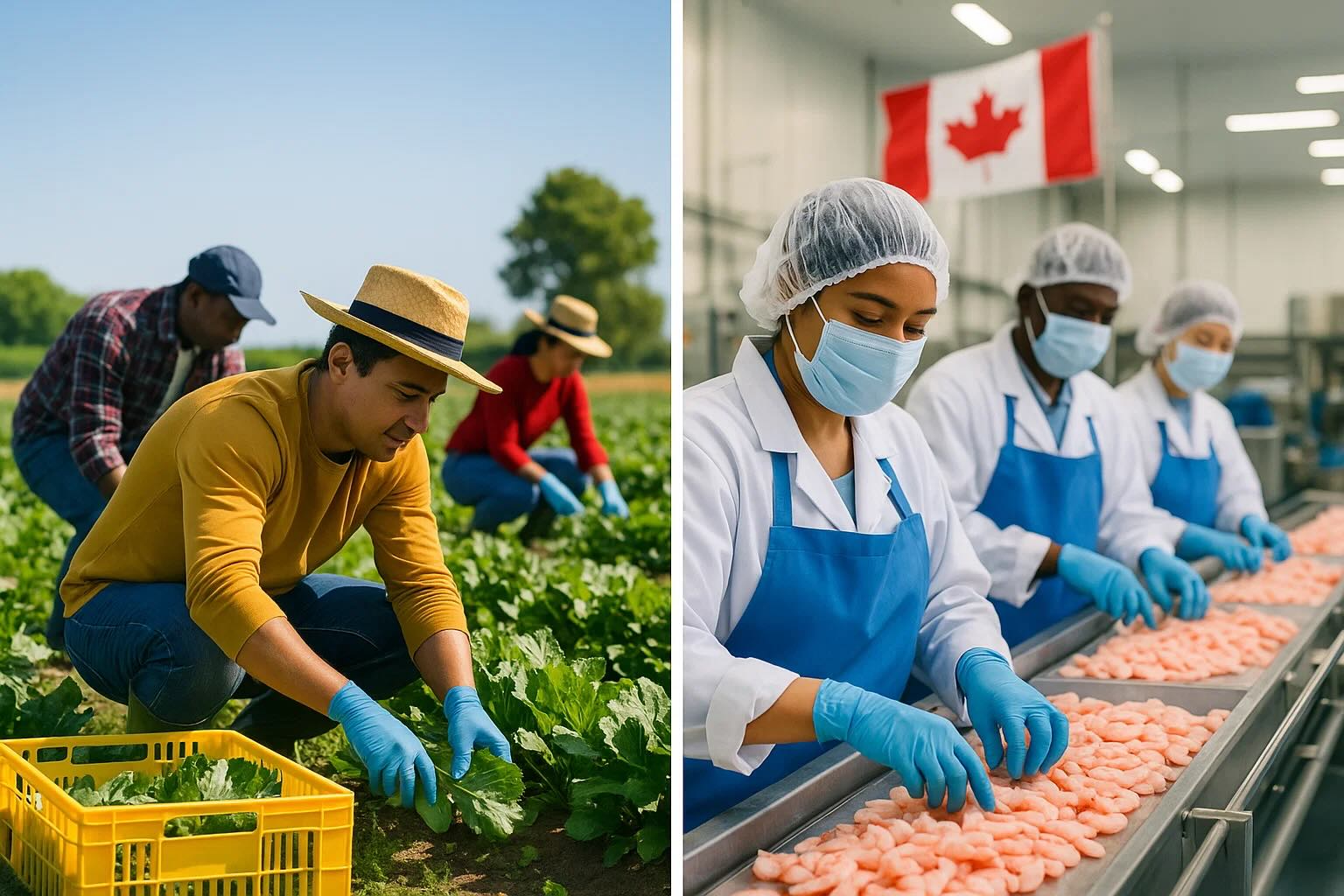In a policy environment marked by tightening federal controls on provincial immigration, New Brunswick has delivered positive news. The provincial government announced it has successfully negotiated with the federal government to secure an additional 1,500 spots for its 2025 immigration plan, bringing its total annual allocation back up to 4,250 spaces.
This announcement comes after the province revealed in February that its 2025 provincial nomination allocation had been slashed by 50% from the previous year's level, leaving it with only 2,750 spots and posing a significant challenge to its economic development and labour market. Following the successful negotiations, the 1,500 new spots will be entirely dedicated to the New Brunswick Provincial Nominee Program (NBPNP). The province's new total of 4,250 spaces includes nominations for the NBPNP as well as endorsements under the Atlantic Immigration Program (AIP).
A Humanitarian Exchange for Opportunity: The Win-Win Strategy Behind the Agreement
This increase in allocation was not without conditions. The core of the deal struck between New Brunswick and the federal government stipulates that the province will welcome and settle up to 400 asylum claimants over the next two years. In return, the federal government has not only increased New Brunswick's economic immigration quota but has also pledged financial support through the Interim Housing Assistance Program to help these asylum claimants with their temporary housing needs.
The New Brunswick government views this as a win-win strategy. In the coming weeks, provincial officials will meet with asylum claimants already in Canada who have expressed interest in relocating to the province. Those who choose to make the move will receive comprehensive support from local settlement agencies, including assistance with housing, community integration, and employment. The province is confident that many of these individuals are ready to enter the workforce and can be matched with employers facing labour shortages, including major companies like J.D. Irving, Ltd.
Priority Sectors Remain Unchanged to Secure Key Industries
Despite securing the additional spots, the New Brunswick immigration authority has stated that its nomination strategy will remain focused on the province's most in-demand priority sectors. These include:
- Healthcare
- Education
- Construction Trades
Applications from other sectors will continue to be supported, but with very limited allocations. Concurrently, workers in certain occupations will face restrictions on applying. This prudent allocation strategy was initially developed in response to the quota reduction earlier this year to ensure that critical industries would not be adversely affected.
The "New Brunswick Model" Amid Nationwide Allocation Cuts
New Brunswick is the second province, after Newfoundland and Labrador, to successfully renegotiate and increase its immigration allocation with the federal government. In February, Newfoundland and Labrador also negotiated a significant increase, raising its 2025 PNP allocation from an initial 1,050 to 2,525 spots.
However, other provinces continue to struggle with the 50% reduction in their allocations. Ontario recently confirmed its 2025 PNP allocation was cut from 21,500 in 2024 to just 10,750. British Columbia’s allocation was similarly reduced from 8,000 to 4,000, forcing the province to make major changes to its BCPNP, including closing several streams and announcing it would accept only 1,100 applications in 2025.
These cuts are a direct result of adjustments made by Immigration, Refugees and Citizenship Canada (IRCC) to its Immigration Levels Plan. In the most recent plan for 2025-2027, published last October, the federal government set the overall landing target for the Provincial Nominee Program (PNP) at just 55,000 for 2025. This is a stark contrast to the provisional target of 120,000 that was published in the previous plan. In the face of this major federal policy shift, New Brunswick's innovative solution offers a noteworthy example of how provinces might navigate and seek breakthroughs within these new constraints.









